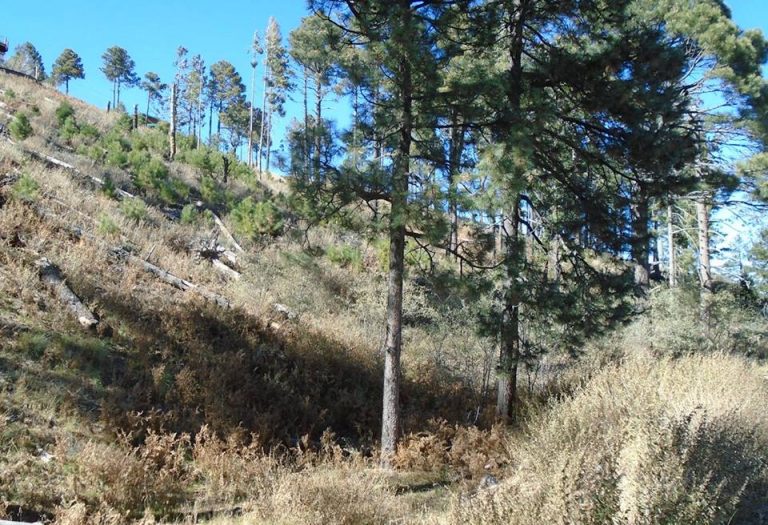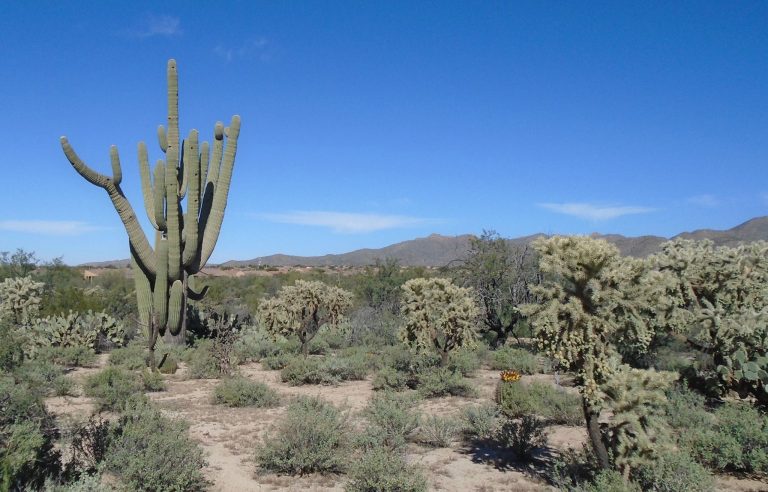Some years ago, I disparaged the “lifeless” deserts of the American Southwest, full of unpleasant lizards, venomous snakes and lots of dust. Looking back, I think I had a mental model, a hierarchy of ecosystems with dense forests and deep soils near the top and deserts with their regolith at the bottom. That was a long time ago. Since then, I have come to understand the earth’s ecosystems as a complex tangled network, not a ordered line. The wonder lies in the complexity and a person could spend a fulfilled lifetime studying details or looking to the vastness.
I have to credit my sister-in-law Lisa Sandoval with starting me on the path of loving the Southwest. Lisa chose to live in Arizona and came to the understanding way before I did. In a show of remarkable bad manners based on ignorance, I was disparaging her region. I don’t recall her exact words, but she in essence told me that I was not seeing because I didn’t know how to look. She was right. A person’s mental model determines what you can see and mine let me see only dust and reptiles, as above.
Maybe it is like that perception exercise we sometimes do, where you just sit, look and listen intensely. Soon you are seeing, hearing, feeling and tasting things you did not know were there. I started to pay attention. The first pieces to click into place were the sky islands. This was an easy one, since as you got higher up, you got more into the woods I could recognize. I remember driving up Mount Lemmon near Tucson.
The mountain features eight major biomes. As you climb the mountain, you pass from the Sonoran Desert, through scrub and open woodland, to ponderosa pine and finally to spruce and fir forests. You essentially go from Mexico to Canada in about a half hour’s drive. It was on the way back down that I really noticed the place of the desert for the first time.
The saguaro cactus forms a forest. It is not the woods of home, with leafy galleries creating shady glades, but it is a forest with the complex biotic relationships for a forest. Even the regolith is not just regolith. Like soils elsewhere, it is a living complex.
Anyway, over the years my perception had broadened, so that I see a lot more than I once did. To that end, and the reason I was thinking about the Sonoran Desert is that I am reading a book about the natural history and conservation challenges. The descriptive and prosaic title is “A Natural History of the Sonoran Desert.” It is not much beyond a beginner’s book, but I am learning a few things. There is a section on Native Americans, and I enjoyed the part about the Hohokam farmers. They irrigated the desert around what is now Phoenix. When we visited Chrissy’s sister Julie & Orris Olson we went to Case Grande to look at one of their settlements. Next time we are back, I hope to visit again and pay more attention.
While I am at it, I have also to tag my Tucson dwelling cousins Carl Hankwitz and Elise Hankwitz. They appreciate the desert. I recall the first time I visited them, we went to see saguaro cactus, but what I remember most vividly was the quiet and the desert quail murmuring.





